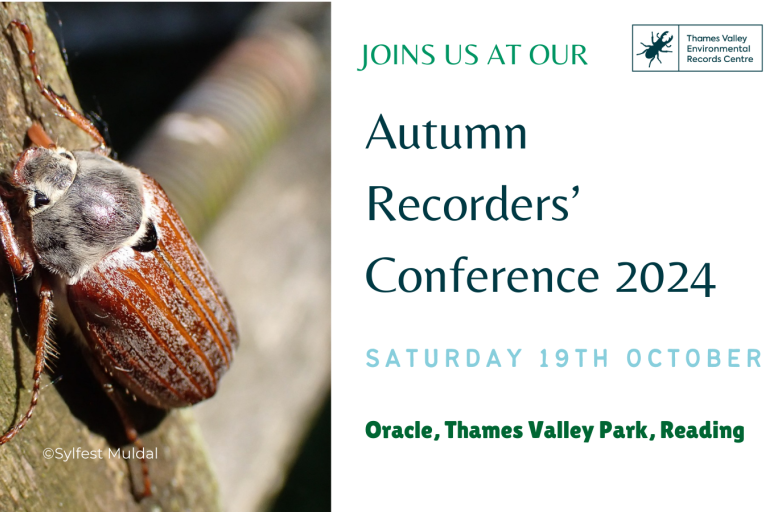We are thrilled to announce that our Autumn Recorders' Conference is back and set to take place on Saturday, 19th October 2024, at Oracle, Thames Valley Park, Reading. Join us for a day packed with knowledge, inspiration, and community spirit.
Get ready to immerse yourself in a day filled with captivating talks, interactive workshops, and engaging discussions led by renowned experts in the field. The conference aims to foster knowledge sharing, inspire action, and promote collaboration among like-minded individuals.
Location
Oracle, Thames Valley Park, Reading, RG6 1RA
Tickets
Get your discounted early bird tickets now!
This includes lunch and refreshments. Booking is required, and the final date for bookings or refunds is Friday 11th October
Programme
We are still finalising the programme. Please keep an eye on this page and social media for updates.
Speed Updates:
Give a 5-minute talk on what you/your group are getting up to in your local area. Whether you want to talk about specific species/sites/habitats, recording projects, or conservation campaigns, we would love to hear from you!
Displays:
There will be a range of display stands from different recording and conservation groups which you can visit during refreshment and lunch breaks. Please indicate on your booking form if you would like to bring a display and/or leaflets.
